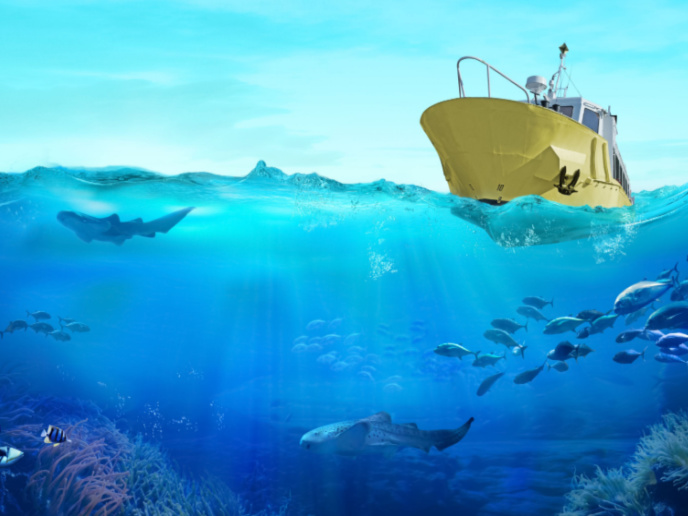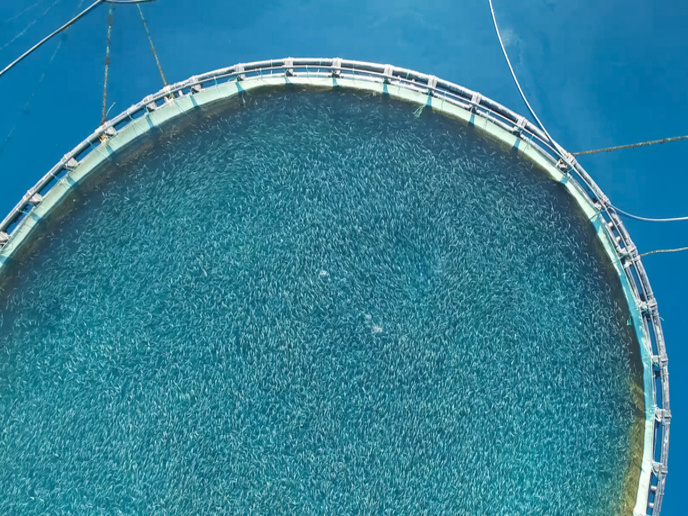Plenty more fish in the sea?
Estimating the evolution of global fish stocks is not a simple task. Mathematical models that attempt to represent what is happening under the sea have to be built on data carefully collected by scientific surveys. “In our line of work – ecology – we are not predicting the amounts of fish that will be caught, but rather how fish stocks are changing over time,” explains SPITFIRE project coordinator Joël Durant, a senior researcher at the University of Oslo’s Centre for Ecological and Evolutionary Synthesis in Norway. “These predictions are given as advice to governments, and used to negotiate quotas that will determine the amounts of fish to be harvested.” This information is therefore critical to ensuring the sustainability of marine ecosystems, and can significantly influence the future operations of fishing fleets. In recent years, greater attention has been paid to the need for an ecosystem approach to fisheries management. This means taking into account not just the target fish stock, but also all the other organisms that share the environment. Relationships between predator and prey for example are key to understanding population trends. In particular, the match-mismatch hypothesis seeks to explain why fish stocks sometimes fail to produce young, by comparing the timing of certain seasonal activities like spawning across a range of species, including both predator and prey.
Match-mismatch hypothesis
The SPITFIRE project, which was undertaken with the support of the Marie Skłodowska-Curie Actions programme, sought to apply the match-mismatch hypothesis to develop a model that could more accurately predict certain harvested fish populations. The project also sought to link changes in sea surface temperatures to predator-prey dynamics. “The first step was to collect a huge of amount of data,” says Durant. “To develop an effective metric, we needed data stretching over several years and even decades, covering not only young fish but also prey and other species. This work required a great deal of time, research and exchange involving the Marie Skłodowska-Curie fellow Sofia A. Ferreira.” Data collected from the Norwegian-Barents Sea system was first analysed and applied to a mathematical model that Durant had developed previously. “It was only then that we were able to really test and evaluate the explanatory power of the match-mismatch hypothesis,” he adds. “Our results were published, and we were then able to feed data from other sea systems into the model.”
Vast global database
A key result of SPITFIRE has been the development of a vast database, stretching across global regions and time. Data was gathered from across the Atlantic and Pacific, as well as the Norwegian-Barents Sea system, the North Sea and the Gulf of Saint Lawrence. With this data, Durant and Ferreira were able to develop the robust predator-prey metric they were looking for. “This can now be used by the scientific community at large,” notes Durant. “By linking rising sea surface temperatures to predator-prey dynamics, we were able to demonstrate how climate change greatly affects marine ecosystems. We hope this will promote ecosystem approaches to fishery management, which will help to better manage both fish stocks and marine biodiversity.” The success of the project also enabled Ferreira to secure a research position within the Centre for Ecological and Evolutionary Synthesis. This will help ensure that the knowledge gleaned from the SPITFIRE project will continue to be built upon.
Keywords
SPITFIRE, fish, fishing, marine, ecosystem, predator, prey, biodiversity







